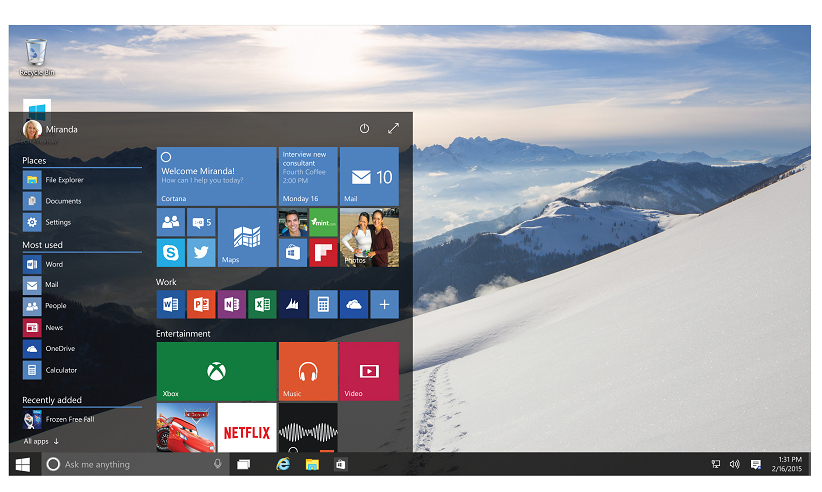

Microsoft has confirmed that while consumers will qualify for free upgrades to Windows 10, the wider business community will not be so fortunate.
The clarification comes after the company’s announcement last month that Windows 10 would be a free update to Windows 7, Windows 8.1 and Windows Phone 8.1 users who upgrade during the first year.
The Enterprise version of the Windows OS is provided to software assurance customers.
Redmond confirmed that small businesses and consumers will still qualify for the free upgrade to Windows 10 in the first year of launch, if they run Windows 7, Windows 8.1 and Windows Phone 8.1.
“We believe this will allow hundreds of millions of customers to upgrade to Windows 10 soon after launch, create a broad opportunity for our ecosystem partners to drive innovation, and deliver value to all Windows 10 customers,” said Jim Alkove, director of program management for Microsoft’s enterprise group.
“Windows 7 Enterprise and Windows 8/8.1 Enterprise are not included in the terms of free Windows 10 Upgrade offer we announced last week.”
And it seems that Microsoft will also provide Windows 10 updates for large businesses in a different manner, essentially using consumers and small businesses as ‘coal mine canaries’ in order to detect any flaws and bugs in the operating system.
Of course this already happens at the moment, as large corporations tend only to update to the latest release after others have shaken out the bugs and Microsoft has fixed them. Indeed, some hold-out organisations are still using ancient operating systems such as Windows XP, because of its stability and the fact that most of its bugs and kinks have already been ironed out, despite Microsoft officially ending support for that venerable operating system last April.
It is worth remembering that Microsoft had intended to push updates to Windows 10 in two different formats once the software becomes universally available later this year.
The first update option called “opt-in” provides new features through a pre-set schedule for new features, fixes and security updates. The second update option, called “locked-down”, was geared towards mission critical businesses that only needed security updates and support.
But now Microsoft is developing a new long term servicing option under which business clients would receive the latest security updates and enterprise level support, but not the flood of new feature updates, via the Current Branch option.
Business clients selecting the Current Branch will receive feature updates from the consumer versions only after they’ve been tested for compatibility.
“By putting devices on the current branch for Business, enterprises will be able to receive feature updates after their quality and application compatibility has been assessed in the consumer market, while continuing to receive security updates on a regular basis,” wrote Alkove.
How much do you know about Windows Phone? Try our quiz!
American space agency prepares for testing of Boeing's Starliner, to ensure it has two space…
As UK and Europe develop closer military ties, European Commission says it will invest €1.3…
Zuckerberg seeks to revive Facebook's original spirit, as Meta launches Facebook Friends tab, so users…
Notable development for Meta, after appeal against 2021 WhatsApp privacy fine is backed by advisor…
First sign of shake-up under new CEO Lip-Bu Tan? Three Intel board members confirm they…
Trump's nominee for SEC Chairman, Paul Atkins, has pledged a “rational, coherent, and principled approach”…